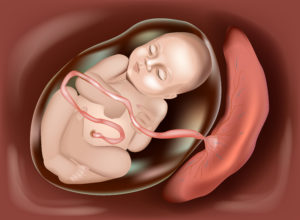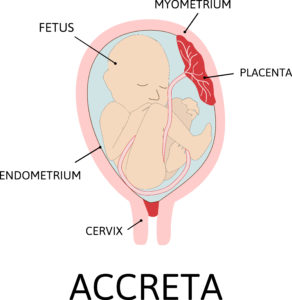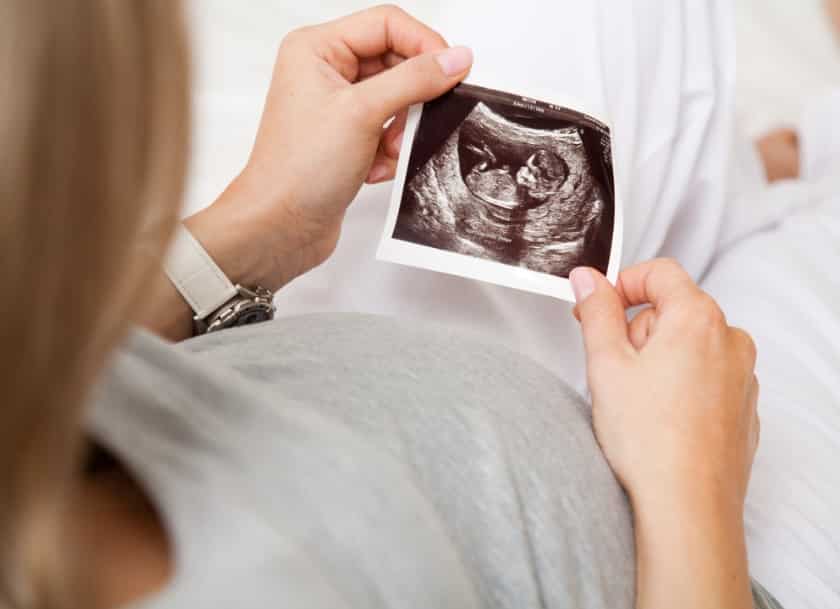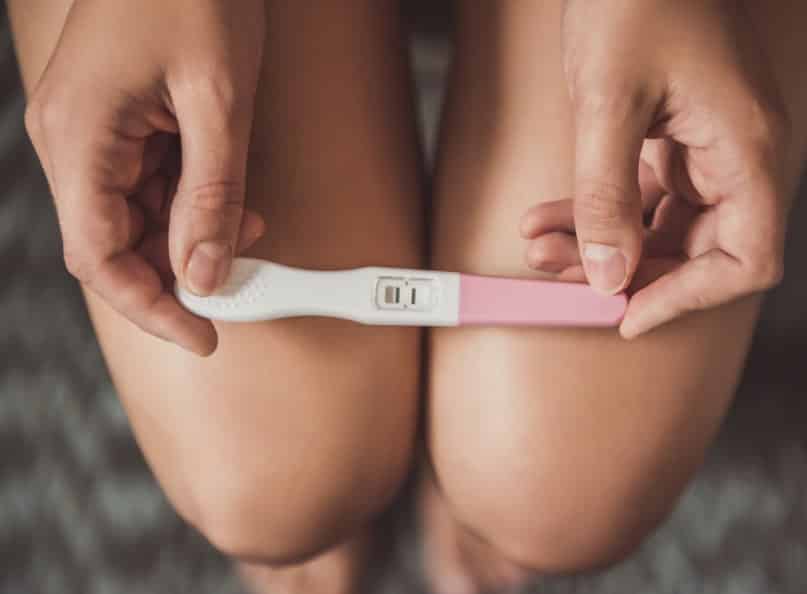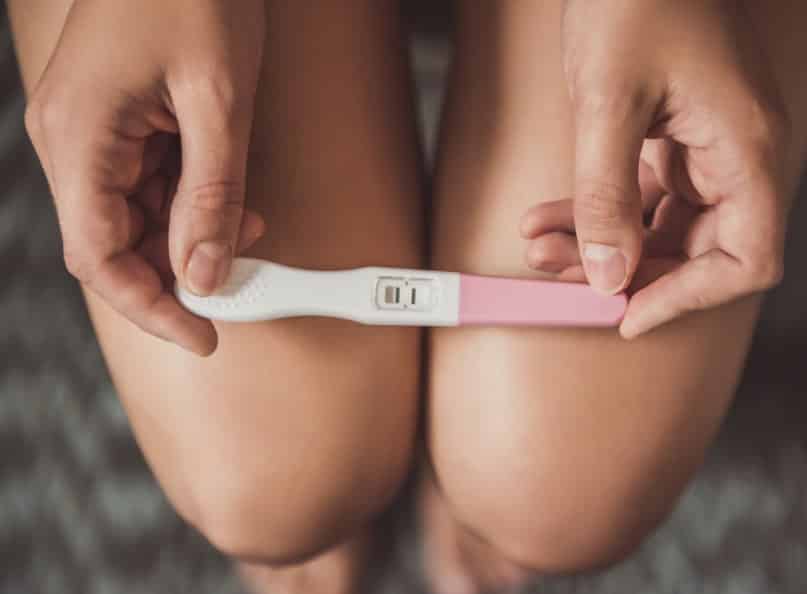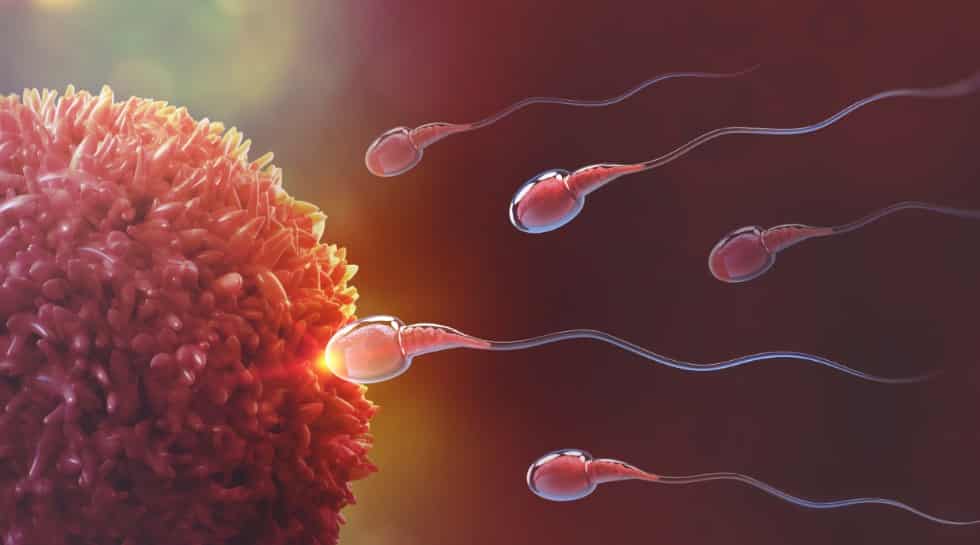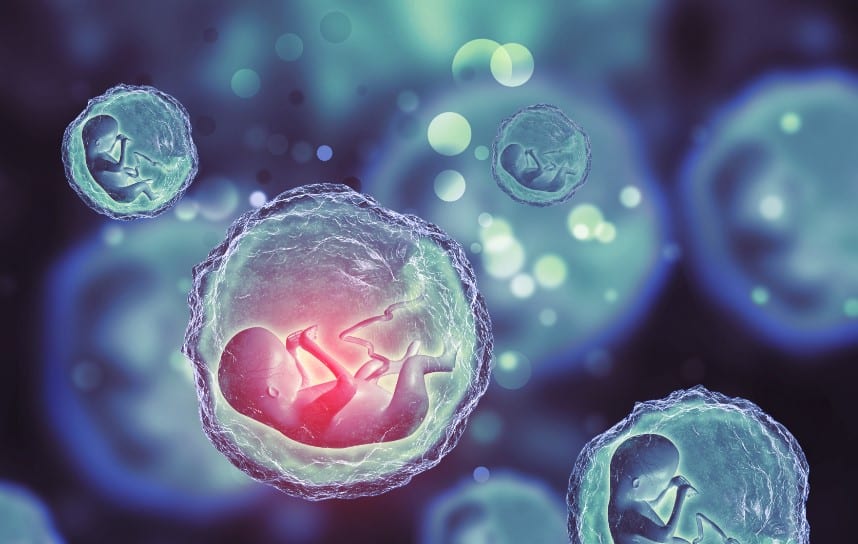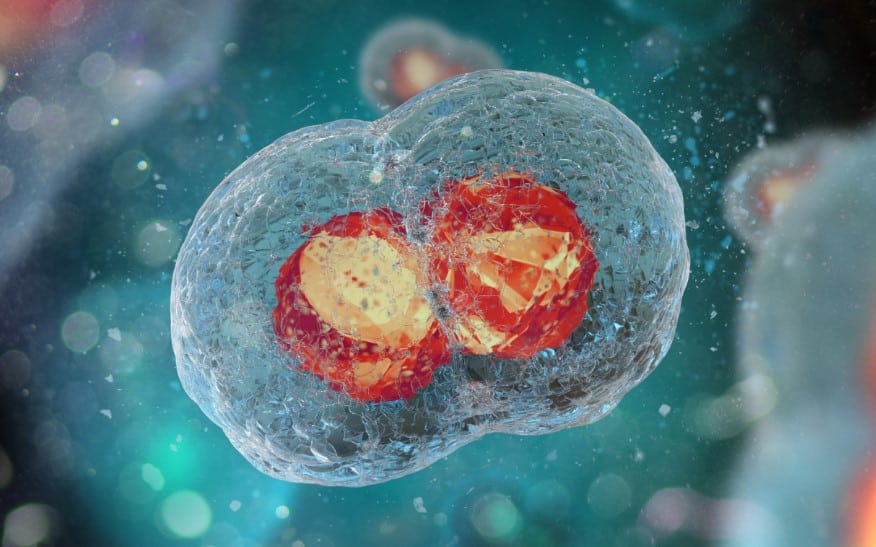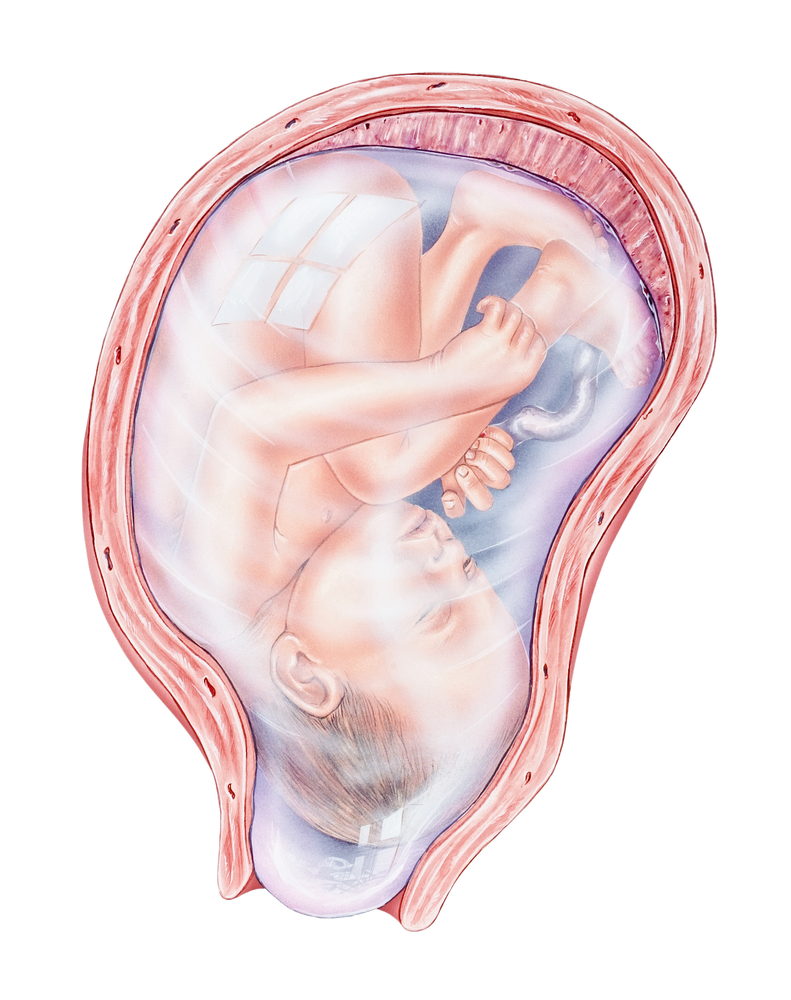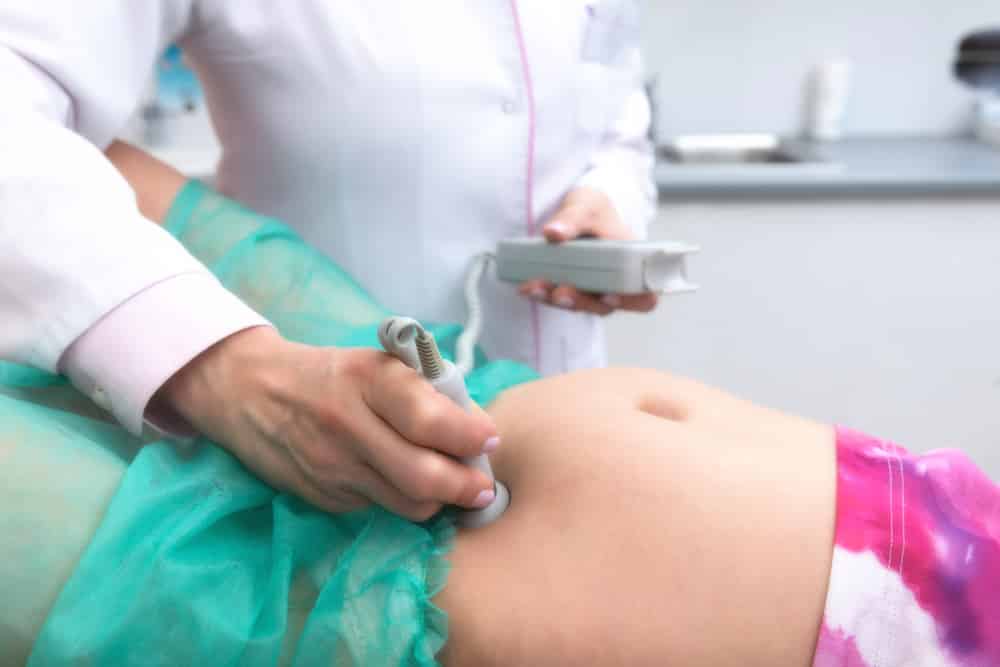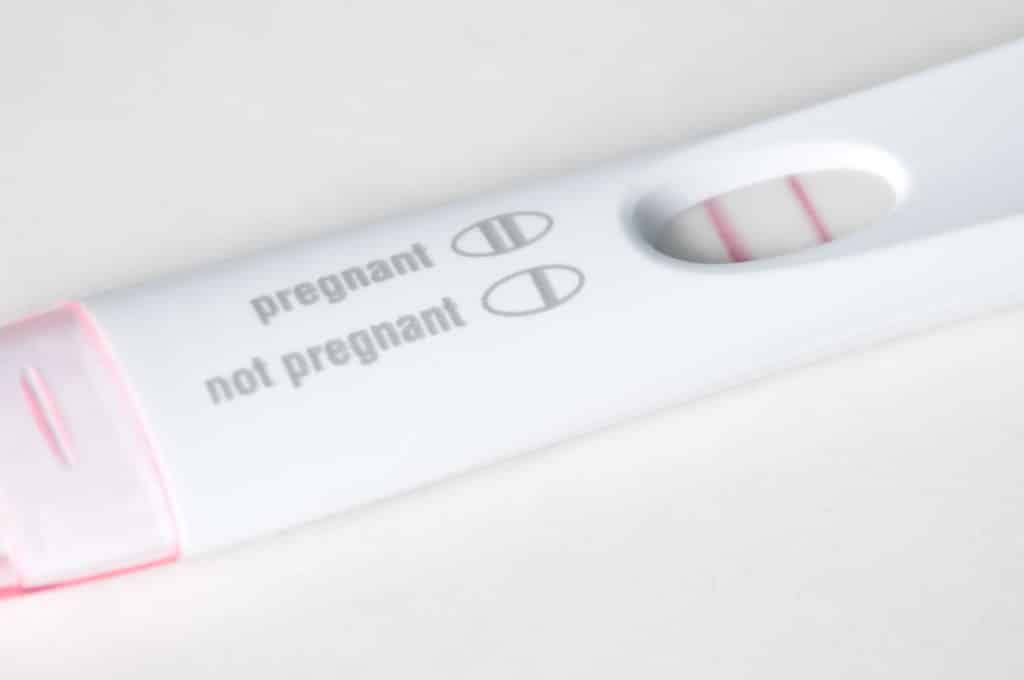The season of waiting for a child usually seems like it would go on forever. Most times, this period is characterized by anxiety and stress. In fact, this is heightened when you have done an embryo transfer and are waiting for a positive pregnancy result.
An embryo transfer is the last, most important, and most delicate step in the IVF (in-vitro fertilization) process. In this process, the embryo (or embryos) are carefully placed into the uterus of the mother. This is done using a transfer cannula and an ultrasound machine.
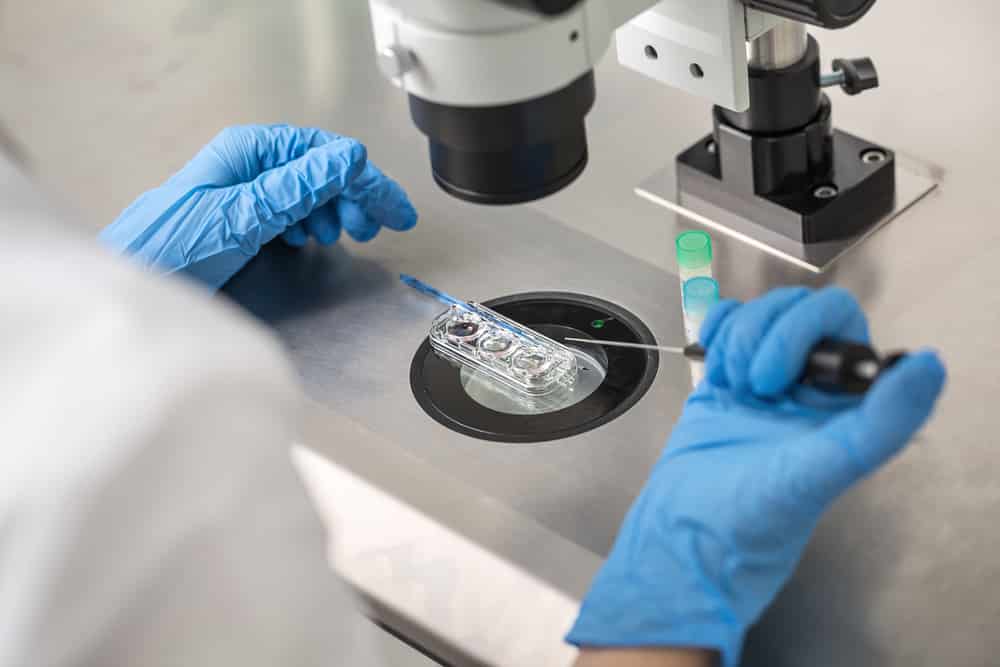
Are you trying to conceive? Are you considering IVF as an option for conception? Did you just complete an embryo transfer and you simply can’t wait to know how it turned out?
This article is for you.
In this post, we’ve outlined 10 signs of a successful embryo transfer.
Table of contents
10 signs that your embryo transfer was successful
Here’s the fact: A positive pregnancy test result is the only accurate sign of a successful embryo transfer.
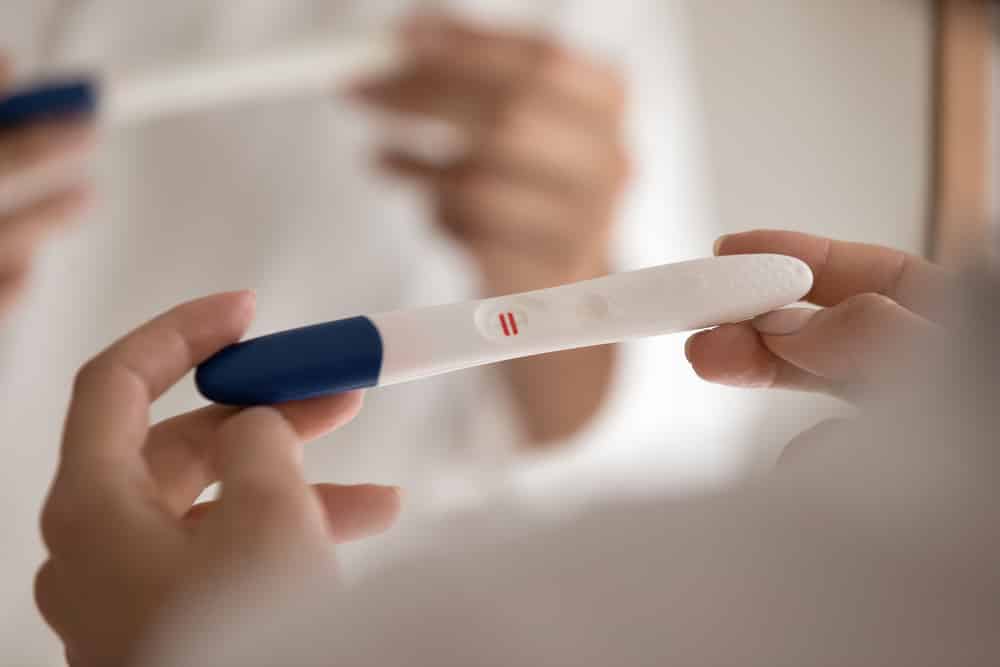
This pregnancy test is often conducted 14 days after the embryo transfer, but if you are in a hurry, you can go for the test at about 9 – 10 days. This is so because the estrogen and progesterone (hormonal treatment) taken before the embryo transfer, and the progesterone taken after the transfer can produce symptoms that mimic pregnancy.
Nevertheless, there are a number of signs that may suggest a successful transfer. These include:
1. Nausea
Nausea in pregnancy can be a result of increased levels of the human chorionic gonadotropin (hCG) hormone. This hormone is also present after a successful embryo transfer and therefore may be the reason behind your nausea.
2. Cramping
Yes, cramping is a sign that your period is almost here but it can also be a sign that the “embryo is staying” following an embryo transfer.

You need to remember that these cramps may be a result of the progesterone you took during the course of the procedure. In addition, the cramps may be the direct result of the entire IVF procedure.
3. Fatigue
Do you know that feeling that makes you just want to lie down and chill all day?
Yes, it may also be a sign of a successful embryo transfer.
In fact, this fatigue may begin after a successful transfer and last throughout pregnancy. Sometimes, it may even extend beyond!
On another note, fatigue may just be one of the many side effects of the hormonal therapy you were placed on during the transfer process.
4. Sore Breasts
For some women, sore and tender breasts are one of the earliest signs of pregnancy, even before a missed period.

It may also be the same with you.
If you notice that your breasts are sore or swollen or if they are tender when you touch them, then it is very possible that embryo transfer was successful.
Asides from the soreness of the breasts, you may also notice harder than normal breasts, a tingling sensation in the nipples, or dark areolas.
5. Elevated Basal Body Temperature
A woman’s basal body temperature increases by about 1℃ at the time of conception and remains this way throughout pregnancy. If you notice a mild rise in your temperature, then you can rest assured in the fact that there’s a chance you’re pregnant.
6. Dizziness, Pins and Needles
These may be as a result of the hormones used to stimulate the ovaries or used to prepare the endometrial wall for implantation of the uterus. Furthermore, it can also indicate that the embryo transfer was successful.
7. Changes in Vaginal Discharge
If the changes and apparent increase in vaginal discharge are a result of a successful embryo transfer, you may notice a thin, white, mild-smelling discharge.
In fact, the vaginal discharge may be voluminous in the early days following the transfer. This is a result of the progesterone that was used to prepare you for the transfer.
8. Spotting
One of the earliest signs of pregnancy in a woman, which is often missed or misinterpreted, is bleeding or spotting. When you notice a little amount of blood in your underwear after an embryo transfer, it may be a sign that the transfer was successful.
This can mean that the embryo has successfully implanted into the wall of your uterus.
There can also be an associated spotting that is seen 2 to 3 days after the embryo transfer. This may be due to the vaginal progesterone applicators that touched the overly sensitive outer part of the cervix.
9. Increase In Urinary Frequency
Following a successful embryo transfer, there’d be a noticeable increase in bathroom breaks.

This is often a result of the increase in the hCG and progesterone hormones. The increased need to pee can also be a result of the extra blood in your body after the successful embryo transfer.
10. No Symptoms
Yeah, you read that right!
That you have no symptoms can actually mean that you are pregnant too. If you aren’t experiencing any of the symptoms mentioned above, then you should not worry or get agitated.
Remember, a positive pregnancy test is the only accurate way to confirm that you are pregnant. When you’ve got that, you can be absolutely sure.
Conclusion
The two-week period of waiting following an embryo transfer can be very emotional. For most people, it is a period of time where all you do is just to hope for the best, and that all works out well.
As you wait, you need to remain calm and stay positive in your words and thoughts. You should also bear in mind that whether you have the symptoms listed above or not, the only specific test to be sure that the transfer was successful is a positive pregnancy test.
References
Chavez-Badiola, A., Flores-Saiffe Farias, A., Mendizabal-Ruiz, G. et al. Predicting pregnancy test results after embryo transfer by image feature extraction and analysis using machine learning. Sci Rep 10, 4394 (2020). https://doi.org/10.1038/s41598-020-61357-9
Georgi Stamenov Stamenov, Dimitar Angelov Parvanov, Todor Angelov Chaushev, “Successful Pregnancy following Mixed Double Embryo Transfer in a Patient with Variable Window of Implantation”, Case Reports in Obstetrics and Gynecology, vol. 2018, Article ID 1687583, 4 pages, 2018. https://doi.org/10.1155/2018/1687583



